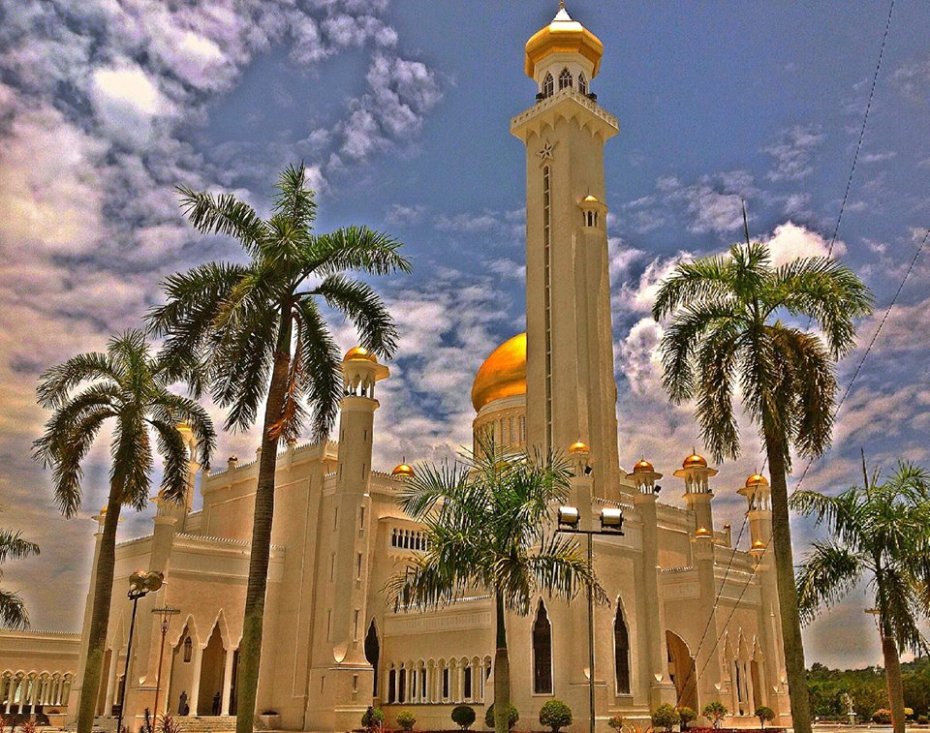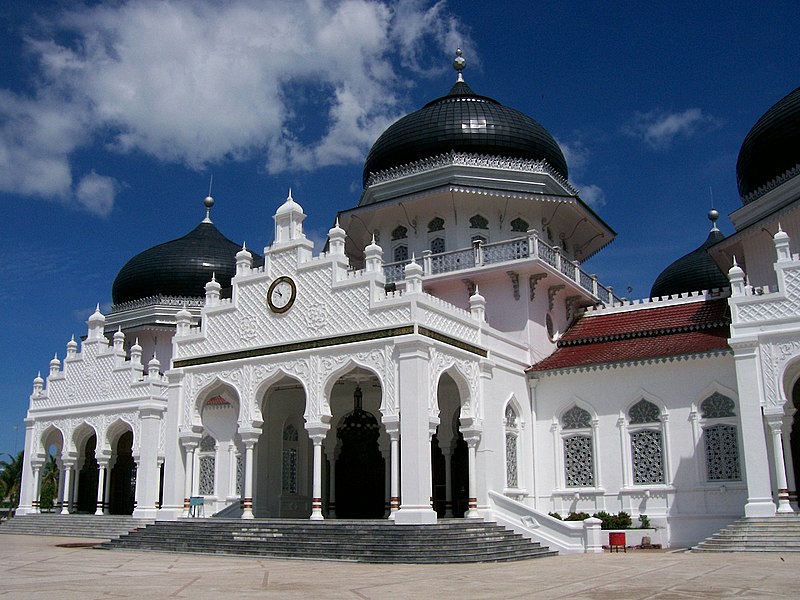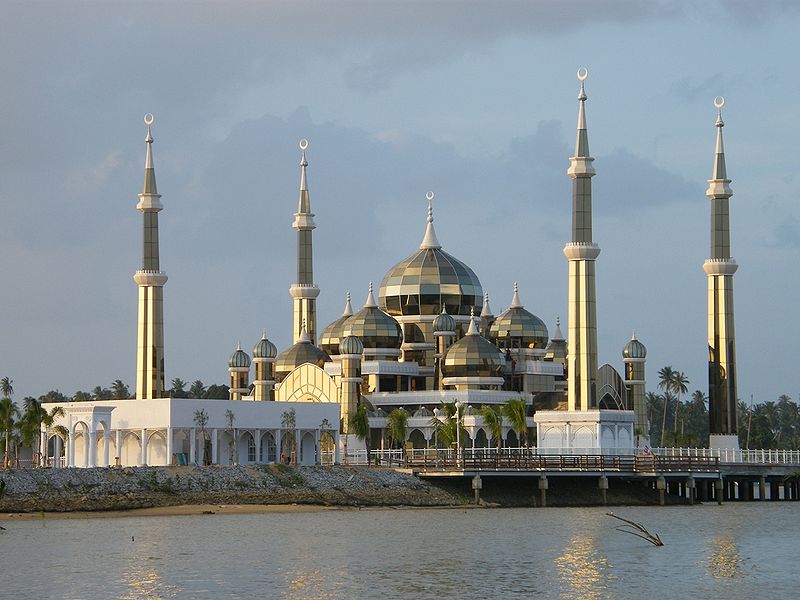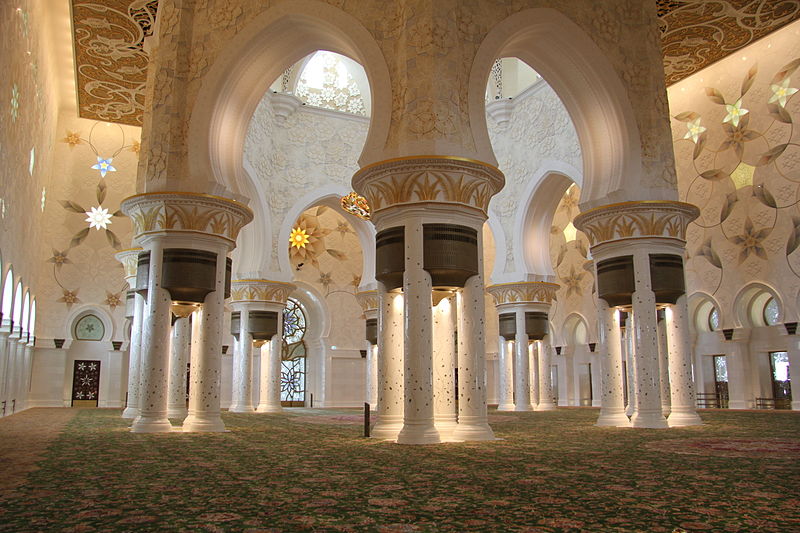BEAUTIFUL MOSQUES OF THE WORLD:
A Mosque is a place of worship for followers of Islam. Muslims often refer to the mosque by its Arabic name, masjid. The primary purpose of the mosque is to serve as a place where Muslims can come together for prayer. Nevertheless, mosques are known around the world nowadays for their general importance to the Muslim community as well as their demonstration of Islamic architecture.
In this post we shall list a few beautiful Masjids from around the world, and even affix a background write up.


































